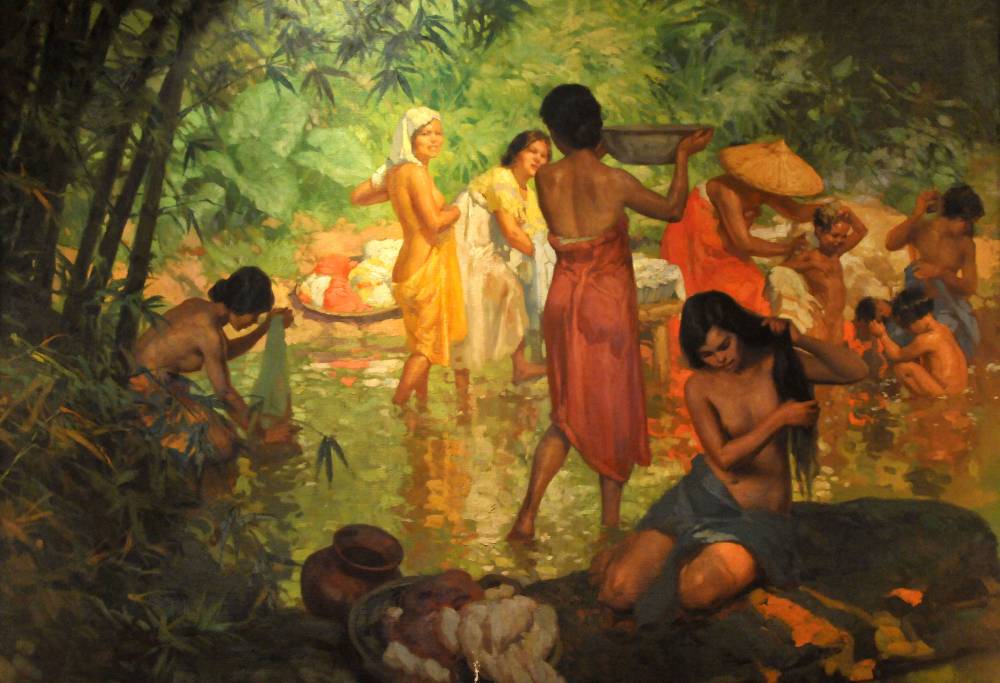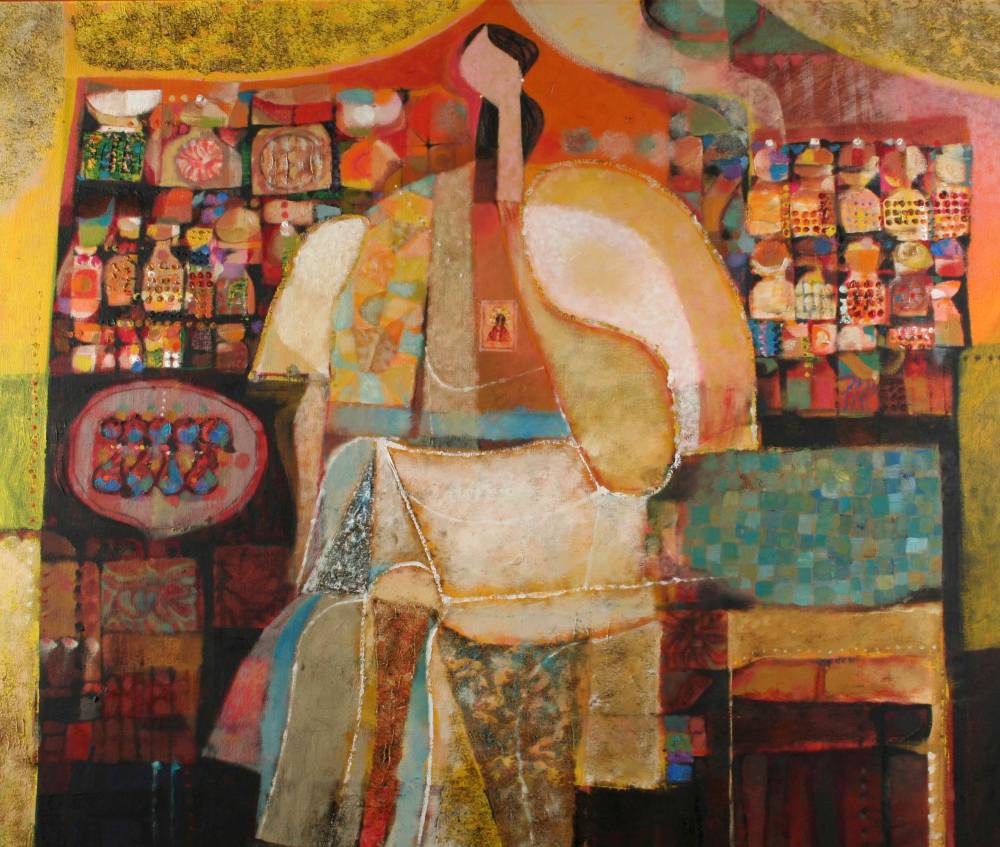Timeless BSP art: A glimpse into Remolona’s favorites

The Bangko Sentral ng Pilipinas (BSP) is more than just a guardian of the country’s material wealth. The highly respected institution considers itself one of the steadfast stewards of the Filipinos’ cultural wealth, too.
This explains why the BSP saw it fit to invest over the decades to build a priceless collection of coins, paper notes, medals, artifacts, as well as paintings, sculptures, pre-colonial gold and pottery that represent the country’s rich heritage and reflect Filipinos’ unique identity.
Taken care of by the BSP Museum, the BSP painting collection alone is deemed among the most important in the country.
Numbering to over a thousand pieces spanning over 200 years, it includes key pieces from all of the country’s National Artists in Painting.
Former Central Bank governors Gregorio Licaros and Jaime Laya are principally credited for leading the BSP into this path, and were deemed responsible for setting the direction that led to the breadth and depth of the BSP’s collection.
The late BSP governor Rafael Buenaventura had said that the BSP collection “serves as a mirror of ourselves as Filipinos: how we shaped our history, how we grew our sensibility and how we handled our sensitivity.”
“The paintings inform, enrich and inspire us, helping provide clarity on what we, as a people and as a nation are capable of achieving,” Buenaventura said.
Eli Remolona Jr., the seventh governor of the BSP and chair of the Monetary Board, considers himself fortunate to be able to get up close and personal with some of these priceless works of art that are displayed within the BSP complex.
There are far too many treasures within the BSP collection to mention, but Remolona has managed to come up with three that he considers particularly meaningful:
1. Women Bathers
Fernando Amorsolo (1892-1972)
Dubbed as the Grand Old Man of Philippine Art and the first recipient of the National Artist Award, Fernando Amorsolo became a household name for his idyllic Philippine rural landscapes and his prodigious technique using light and shadow. His prowess on representational art captures the Filipinos’ way of life, aspirations and overall sense of identity.
Having one of the most extensive artworks produced in his lifetime, Amorsolo is considered lead in the classical realist school, thereby establishing the early foundations of Philippine Art.
In this painting, Women Bathers, Amorsolo conveys his self-conscious subjects in this scene of domesticity among women and children. A patch of light in the background illuminates the scene partly revealing a hidden sanctuary embraced in shade and shadows.
“Amorsolo is well known for his skill with light and shadow and this is an excellent example of that. I appreciate how he paints realistically, but not photographically, with some dreamy-ness. His idyllic paintings provide much needed calm in our busy lives,” Remolona said.

2. Fruit Vendor
Norma Belleza (b. 1939)
Norma Belleza was heavily influenced by the rural scene of her hometown San Fernando Pampanga – the folk genre of women vendors, potters, farmers — workforce of rural economic activities.
Born to Alfonso Belleza and Artemia Jaciledo, Norma Belleza came from a creative family, with family members who painted movie marquee and billboards back when these outdoor signs were all made by hand.
She graduated from the University of Santo Tomas and held her first exhibit at the Philippine Art Gallery in 1963. Her composition of Philippine fruits and produce using a vibrant palette of intense hues are reminiscent of Philippine summer.
In this painting Fruit Vendor, Belleza captures a vibrant market scene. The tight composition of this painting suggests to the viewer a feeling similar to the experience of going through narrow alleys and crowds but getting rewarded with the best deals and freshest produce. Belleza’s fine skill as an outstanding colorist is displayed in this artwork, with darker lines emphasizing the shape of human figure and its scene.
“This is a beautiful depiction of a scene we have all experienced, with Belleza’s vibrant colors and distinct figures. It reconnects us with our youth or with real life outside the worlds we now occupy. It also reminds us of how important women are to our families, communities, and, yes, our economy,” he said.

3. Sari-sari vendor
Mauro Malang Santos (1928– 2017) was a multi-awarded cartoonist, Illustrator, and painter. A self -taught artist, Malang improved his artwork and started working as cartoonist at the Manila Chronicle art department under noted cartoonist Liborio (Gat) Gatbonton. Throughout his life, he continuously evolved his art – developing cubistic style of art.
“Malang is a personal favorite, because of how he captures everyday Filipino life in his unique style. Here it’s a sari-sari store, maybe even more familiar to more of us than the market. Sari-sari stores can be chaotic because they’re crammed with so many products. But you see this cubist painting and a Filipino can immediately see a sari-sari store,” Remolona said.
“If you want an economic comment, it’s also a good representation of MSMEs, which are the backbone of the economy. I look at this and I also think of the digitalization that is hopefully making them more profitable for the sari-sari store vendor,” he added.





















